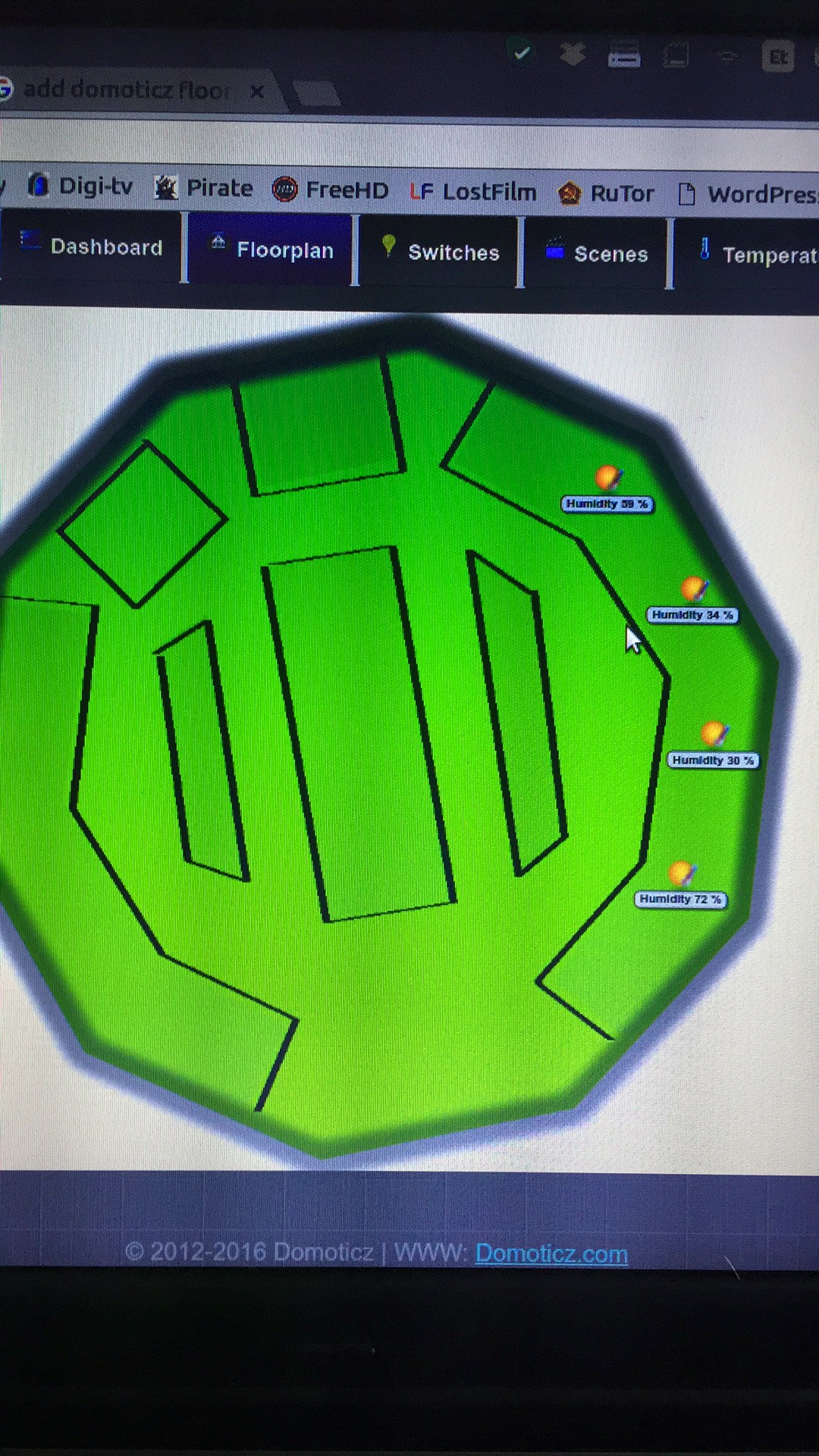Office plant monitoring
-
@Fat-Fly
I have sensors that report 25-35% and they are still not dry.
I water for 10-20 min and they report 40%, sometimes 45%. But I know that when they report 25% it starts to be time to water.@flopp the level reported will depend on the following things (maybe more):
- the pullup resistor - varies between different arduinos
- the soil composition - varies between different pots
- the temperature - varies throughout the day
That means it is impossible to compare readings from two different Arduinos in the same pot and it is impossible to compare readings from different pots using the same Arduino.
-
@flopp the level reported will depend on the following things (maybe more):
- the pullup resistor - varies between different arduinos
- the soil composition - varies between different pots
- the temperature - varies throughout the day
That means it is impossible to compare readings from two different Arduinos in the same pot and it is impossible to compare readings from different pots using the same Arduino.
@mfalkvidd
Thanks -
-
This sort of sensor is not good, because the electrolyticeffect.
You always should use soil sensors, which are based on the capacitive effect.Like this one:
https://forum.mysensors.org/topic/4474/capacitive-soilsensor-for-measurement-the-humidity-of-flowersBest regards,
NetRap -
This sort of sensor is not good, because the electrolyticeffect.
You always should use soil sensors, which are based on the capacitive effect.Like this one:
https://forum.mysensors.org/topic/4474/capacitive-soilsensor-for-measurement-the-humidity-of-flowersBest regards,
NetRap -
The problem is, that your design is based on conductivity.
This means, that the electrodes will be destroyed over time
and the produced metal salts are in your flower,garden,...I don't will have metal salts in my tomatoes !!! ;-)
@NetRap I doubt that one second of 3V electric power every hour (0.03% duty cycle) will produce measurable amount of salt but yes, for food production capacitive measurements are probably better. The topic of this thread is "office plant monitoring" though and I hope you don't have to live off your office plants :)
-
"Metal salts" doesn't sound very dangerous unless you're more specific. I prefer some NaCl on my tomatoes.
How about some gold- or silver plated electrodes if you're of the worrying kind?
-
Normaly when you use eletricity and water, you need to sacrify something. For an example, when you cool a boat engine with water, you normaly use zinkanodes. I guess this is also the same when we want to messure humidity for an plant.
So, if you should use copper anodes for messuring, you could paint them with a zink color.
What it effects the resistance, I don't know. -
@mfalkvidd Short question concerning battery life: I am using a custom board with an atmega328 and an nrf powered directly by a coin cell. When measuring temp/hum with something like an SHT21 the voltage drops are minimal (less than 100mV in more than a month). Using your sketch from post 25 here and connecting the fork to pins A1 and 2 (changed that in the sketch) I get a much higher power consumption. Any ideas why?
I guess the measuring takes too long or something? It also reports lots of 1% changes to my domoticz server... which is kind of strange. Shouldn't the threshold take care of that? Perhaps I have to use a higher value here... -
@mfalkvidd Short question concerning battery life: I am using a custom board with an atmega328 and an nrf powered directly by a coin cell. When measuring temp/hum with something like an SHT21 the voltage drops are minimal (less than 100mV in more than a month). Using your sketch from post 25 here and connecting the fork to pins A1 and 2 (changed that in the sketch) I get a much higher power consumption. Any ideas why?
I guess the measuring takes too long or something? It also reports lots of 1% changes to my domoticz server... which is kind of strange. Shouldn't the threshold take care of that? Perhaps I have to use a higher value here...@LastSamurai are you using the same sketch on both nodes?
The sketch in post 25 sends the moisture value every 10 minutes. There are no thresholds and no comparison to previous value.
Do the 1% changes look like a square wave? If so, the reason is probably that the pullup resistors differ from pin to min, even on the same atmega. A newer version of the sketch takes care of that, but I am still using the old version in my oldest node.
As we discussed around post 79, my node is dropping very slowly. It is currently at 3.117 V after approximately 9 months on the same 2xAA. The node started at 3.187V so that is a drop of 70mV, less than 10mV per month.

